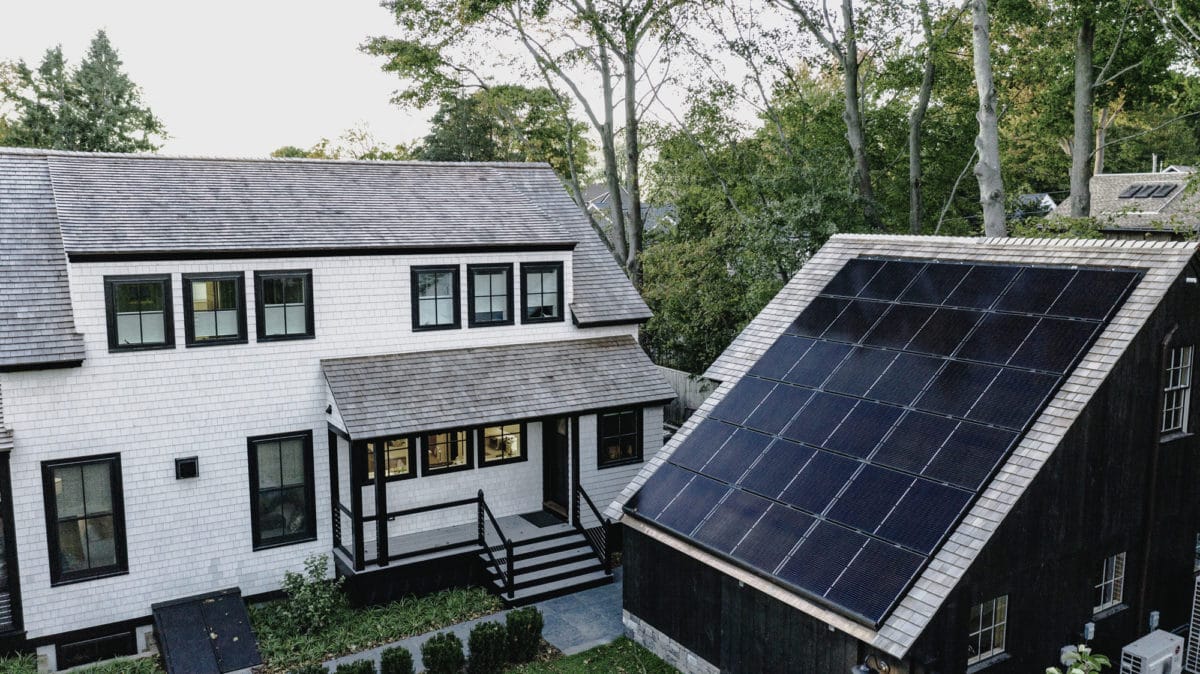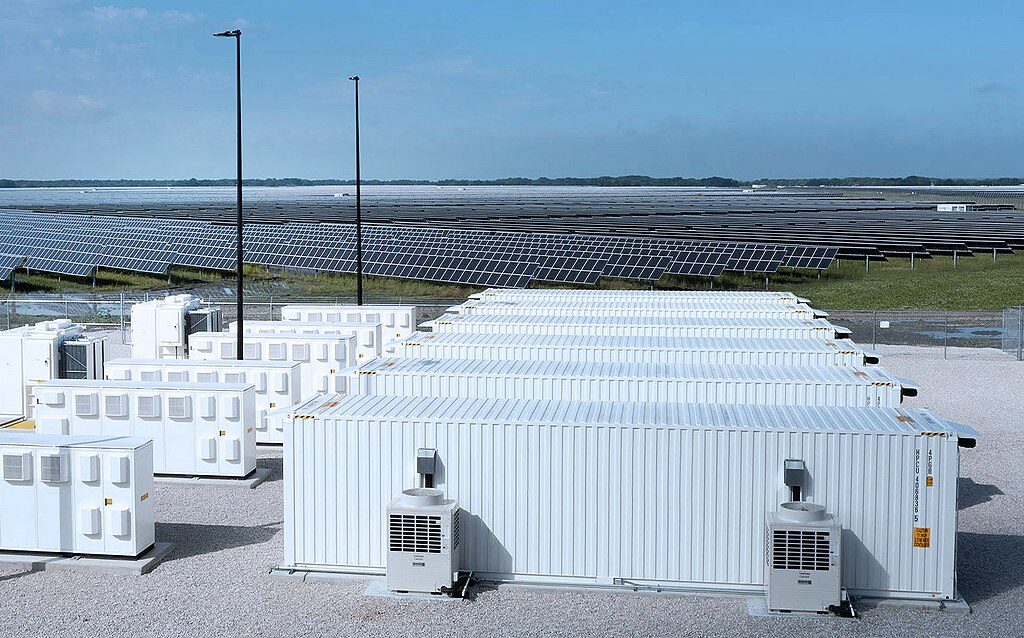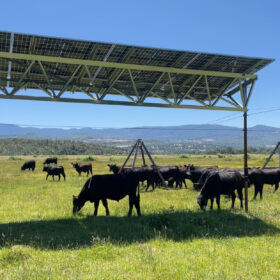Energy data collected from 1,100 California homes between July 10 and August 18 indicates that real-time, appliance-level energy consumption information can play a role in avoiding rolling blackouts like those experienced in California during this summer’s heatwaves.
About 55% of the electricity used in homes between 6-8pm, when power generation from solar drops nearly to zero, could be classified “shift-able” to other times of the day, according to Sense, a company that uses machine learning technology to provide users with data about their home energy consumption.
Sense’s analysis suggests that a broader use of strategies for shifting home energy consumption can help alleviate grid strain, George Zavaliagkos, vice president of technology at Sense said. Electric vehicle owners already appear to understand that late night charging helps address grid strain issues, but in time, as EV uptake increases, this might become an issue too, he added.
In its analysis, Sense found that 88% of home energy use came from air conditioning systems and the rest came from less essential appliances – like hot water heaters, laundry machines, dishwashers, pool pumps and EV chargers, etc… – that could be turned off or used off peak to reduce energy use. Deploying energy conservation strategies around shiftability would be possible if appliances were equipped to automatically respond to utility prompts to power down or turn off during periods of high demand.
For now, simply supplying people with real-time, appliance-level home energy consumption data would offer people an opportunity to lower their consumption strategically when demand and prices are elevated, Zavaliagkos said. In the same way that a monthly non-itemized grocery bill would make it difficult to uncover grocery bill savings, today’s electricity bills, which do not drill down to appliance-level energy use, make it harder for customers to pinpoint and act on appliance-level energy savings that could help ease grid pressure, he added.
“Right now, home energy consumption is a mystery to most residential energy customers,” he said. He estimates that home energy use can be cut by 30% to 40% through greater energy efficiency and reduced consumption.
According to Zavaliagkos, about half of Sense’s users open the company’s home energy monitoring app once a week and those who do typically checked the app about 10 times a week. “The ‘accepted’ belief is that it is incredibly hard to engage people about energy,” Zavaliagkos said. “We need to break this thinking,” he added. “What our app engagement shows is that people are starving for real time, actionable information,” he said.
According to a ConEdison report, prepared by Guidehouse and released last month, ConEd’s customer portal only receives about 20,000 views per month. “Our engagement per user is thousands of times better,” Zavaliagkos said.
In ConEd’s HAN Study Report, Guidehouse recommended that the utility continue using its existing customer portal as the primary method of providing usage data to customers and raising awareness via the advanced metering infrastructure (AMI) customer engagement plan.
“[The portal] is positioned as the customer nexus for all utility interactions driving single customer experience,” the report said, noting that the portal empowers customers with AMI-enabled benefits. “Customers that want usage data with a latency below 45 minutes can purchase and install a [behind-the-meter] monitor,” it said.
This content is protected by copyright and may not be reused. If you want to cooperate with us and would like to reuse some of our content, please contact: editors@pv-magazine.com.








Using stationary battery storage for load-shifting can ameliorate concerns about washing machine or dryer, dishwasher or pool pump noise while trying to sleep. It can also allow using on-site solar power to charge cars when they get home (or back to the business) in the evening or at night, bypassing the utility altogether.
‘Altogether’ may require putting up solar canopies in addition to rooftop solar. In about 2 years, we plan to come out with solar that harvests about twice as much electricity per square foot as the best commercial solar today, and that will help too.
With all these moves for utilities to provide BTM data, where are the privacy issues being addressed. As far as I can tell the utility has the capacity to monitor all the electrical activity within my house. Is this level of invasion appropriate? Do we need some form of data firewall? Self sovereign Identity, any one?
Terry – thats an excellent point. Power companies can tell when you’re home and can likely use historical power usage data to figure out whats going on in your home at any given time :-/ wonder if this data has even been used by law enforcement.
I remember reading about a simple red/yellow/green system that some utility did years ago as a way to tell users when the best/cheapest time to use electricity was. From what I remember it really helped the load demand.